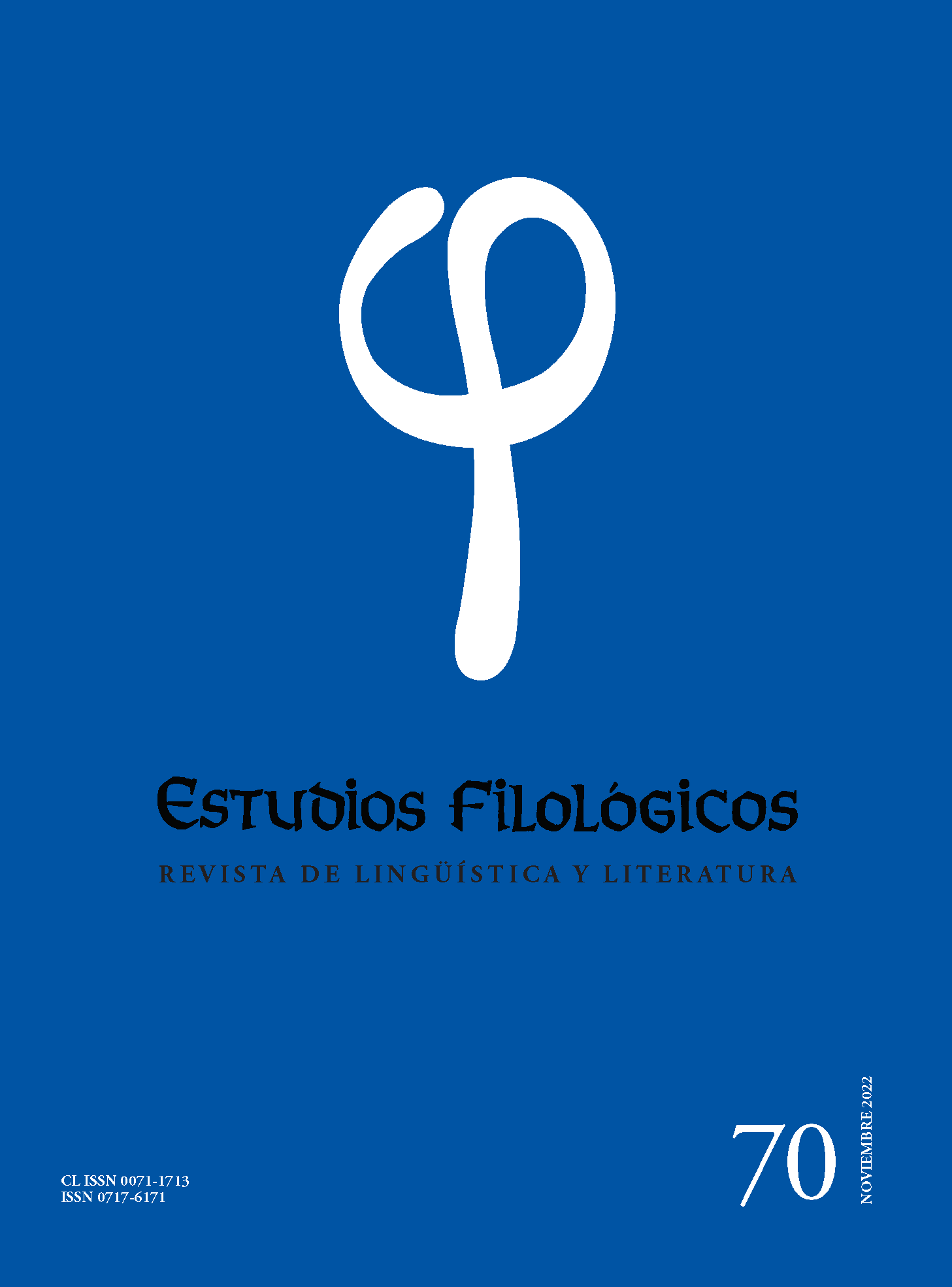Deletion and Voiceless alophones of -/n/ in the Spanish of Chilean Young Adults
Main Article Content
Abstract
In Spanish /n/ varies a great deal when it is at offset of the syllable, nonetheless there is not much research about the subject, specially within the Chilean dialects, where has been found voiceless variants and the deletion of -/n/ (Cepeda 1991; Poblete 1995; Wagner 1967). This research, therefore, analyses how -/n/ varies and what are the linguistic and sociolinguistic variables that influence the production of voiceless variants and the deletion of -/n/ in a group of young adults from Santiago, Chile. The results indicate that the voiceless allophones of -/n/ are produced mainly at the end of a speech sequence, or before a voiceless obstruent. It is also produced when -/n/ is not a marker of plural. The deletion of -/n/, on the other hand, occurs before other consonants such as liquids, continuants, and other nasals; at the beginning of a speech sequence and after [w j]. The deletion of -/n/ is also produced in post-tonic syllables and frequent words. These results are like the ones obtained in the Valdivian dialect (Poblete 1995). Finally, as it seems to happen in Valdivia, the voiceless allophones of -/n/ appear to be stigmatized by the Santiago speakers, as it does not tend to be used by the middle-classes. The deletion of -/n/, instead, is produced by the male speakers, but it is preferred by the speakers from highest socioeconomic levels and middle classes. These results may indicate that the deletion is an indicator of the Santiago dialect, whilst it is stigmatized by the Valdivian speakers.

